Format: Photographs
Historic Harlots of Old Atlanta
Digital tour of the rise and fall of the bawdy brothels that lined Downtown Atlanta’s Collins Street from the late 1800s to the early 1900s—showcasing...
Read More

The Phoenix Project: Resurrecting the MARTA Archaeological Collection and Atlanta’s Past
During the 1970s, Georgia State University archaeologists conducted systematic excavations associated with the construction of the Metro Atlanta Rapid Transit Authority (MARTA) rail lines. This...
Read More

Atlanta Sit-Ins, 1961-1964
Beginning in 1960, the Atlanta sit-in movement took over the downtown area of the city. Follow this tour to see where student activists conducted their...
Read More
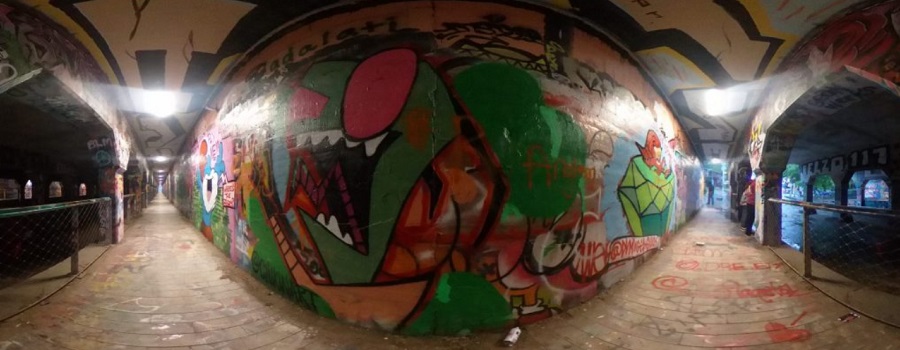
Krog Codex: Archive of Krog Street Tunnel
A Community Interactive Digital Archive. Krog Street Tunnel is one of Atlanta’s premier destinations for street art, political communication, and a community bulletin board. Since...
Read More
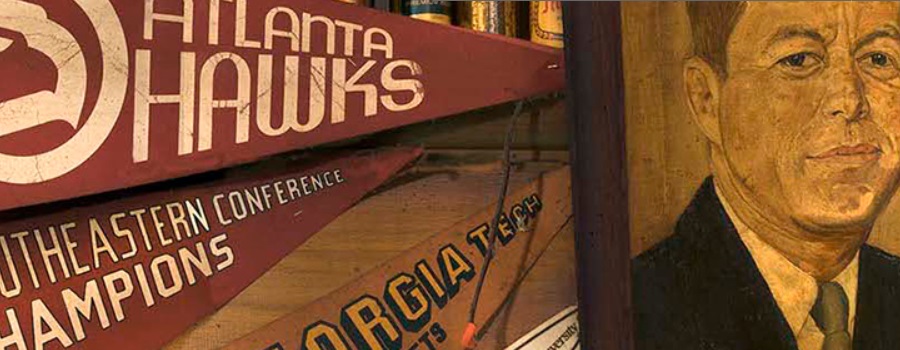
Unpacking Manuel’s Tavern
Aims to both preserve this unintentional archive as it was before Manuel’s Tavern underwent renovations in 2015 and provide a platform through which one might...
Read More
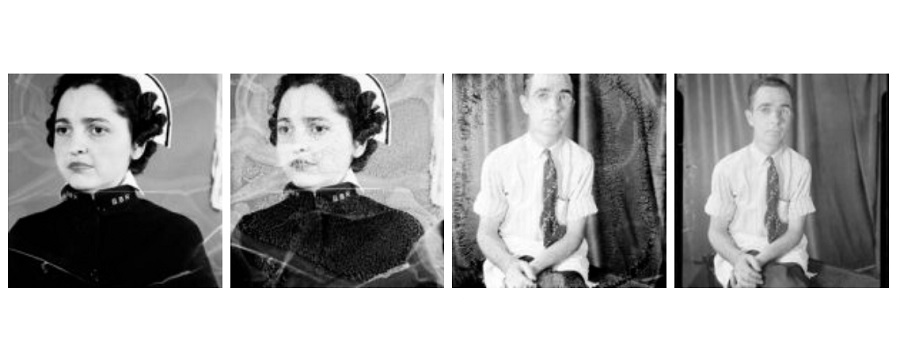
A Race Against Time: Saving Atlanta’s Photographic History
Online exhibit feature photographs and negatives from Georgia State University’s Special Collections and Archives, consisting of images from six photographic collecting areas: Lane Brothers Commercial...
Read More
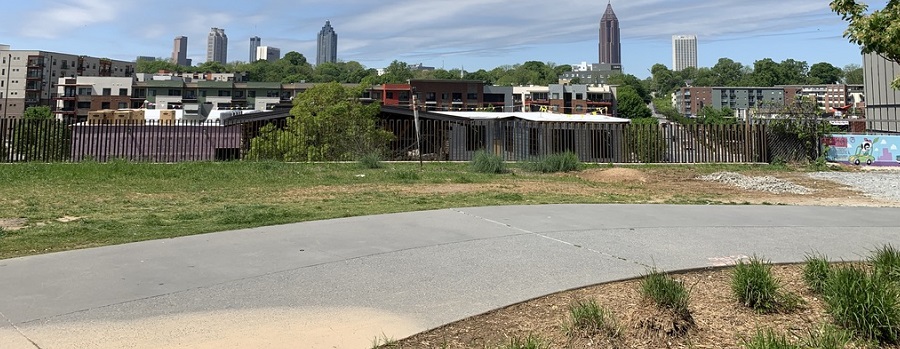
Beltline: A History of the Atlanta Beltline and its Associated Historic Resources
Prepared by the Spring 2006 Preservation Planning students. This project, developed in a collaborative effort by the Atlanta Urban Design commission and GSU students, was...
Read More

Out in the Archives: Gender and Sexuality Collections at Georgia State University
Highlights aspects of Atlanta’s LGBTQ+ history that are most fully documented by GSU Archives & Special Collections. The Gender and Sexuality Collections at Georgia State...
Read More
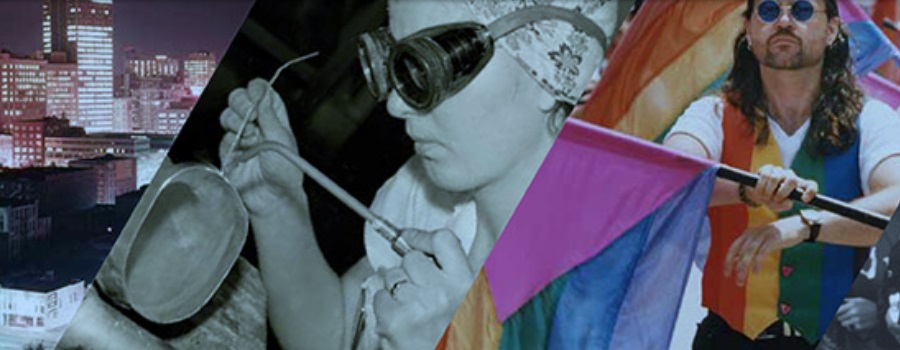
Bridging Communities: 50 Years of Collecting at Georgia State University
Founded in 1913, Georgia State University grew as it supported the educational needs of Atlanta and the state of Georgia. Originally an evening program intended...
Read More
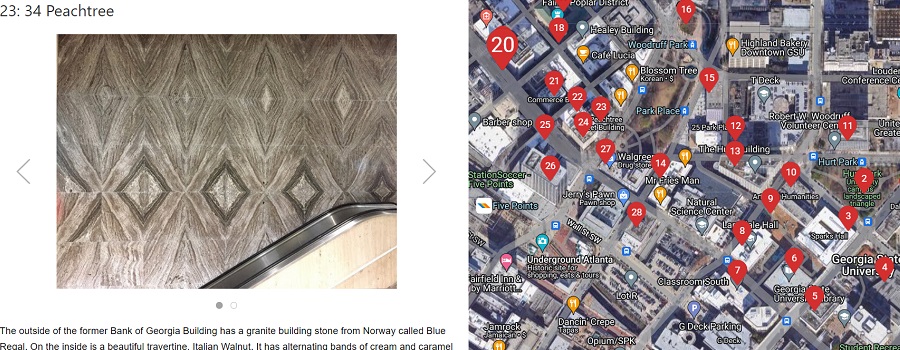
Atlanta Geology Walking Tour
Granite, limestone, and marble building stones are found in a 20-block area that is centered around the beginning of Peachtree Street. These three commercial types...
Read More
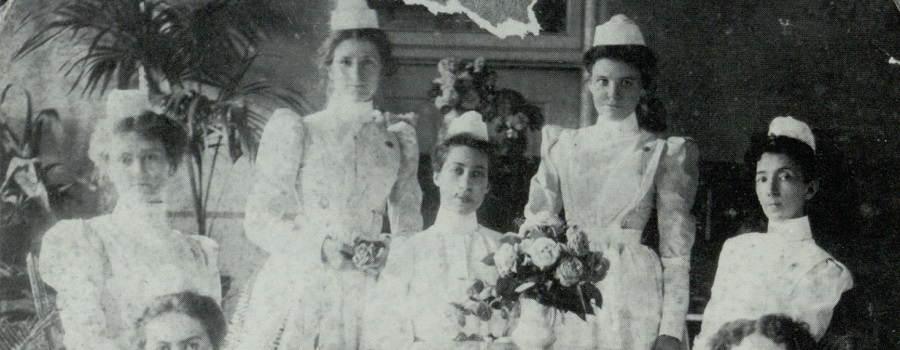
The Art of Nursing & Caring for the Sick and Afflicted: The Grady School of Nursing Legacy
In commemoration of the 120th anniversary of the founding of the Grady Memorial Hospital School of Nursing. The Grady Memorial Hospital School of Nursing, chartered...
Read More
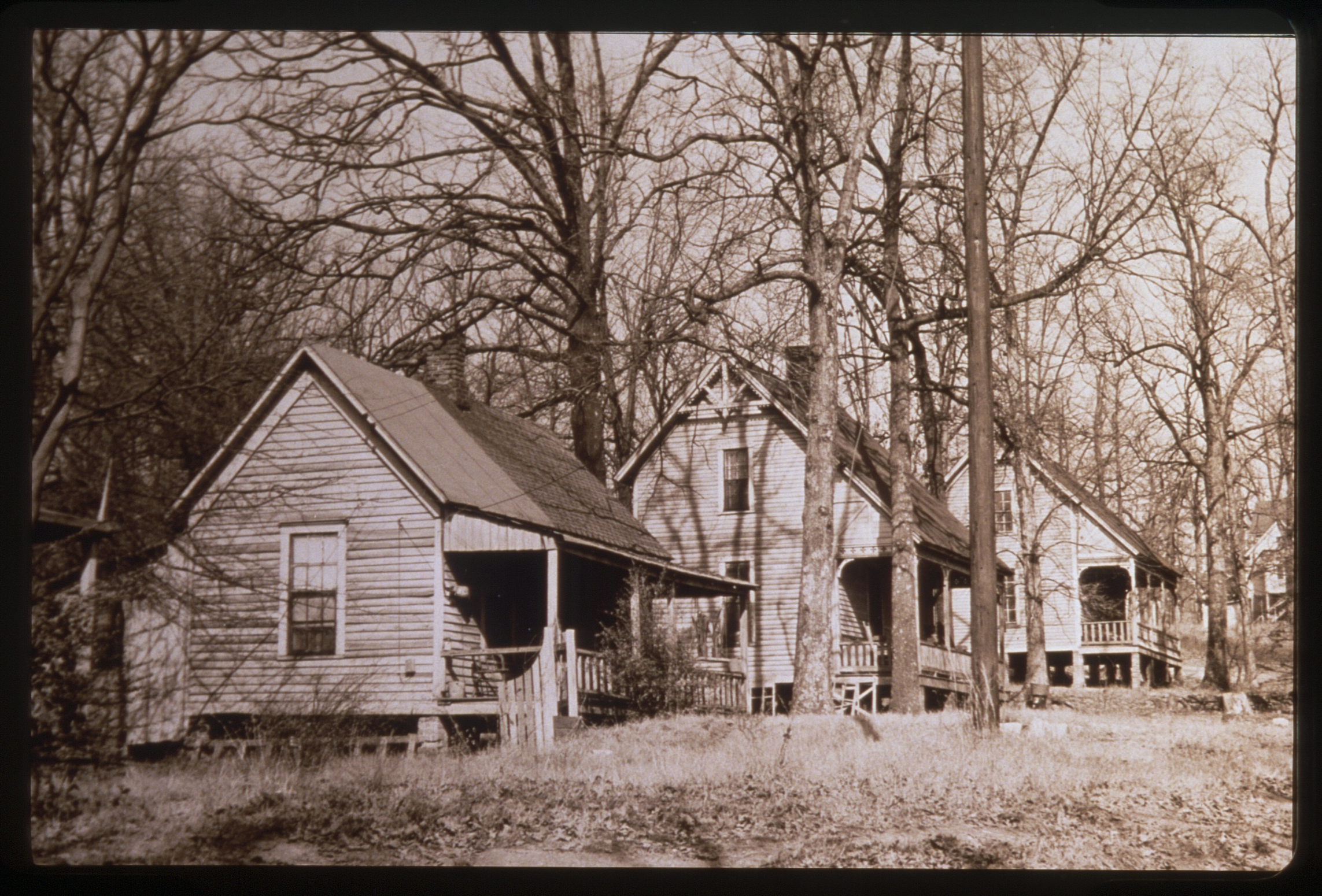
Black Neighborhoods and the Creation of Black Atlanta
Black Neighborhoods and the Creation of Black Atlanta explores the history of Black neighborhoods in Atlanta. It provides an overview of several of these neighborhoods: Summerhill,...
Read More
 Georgia State University Library
Georgia State University Library
